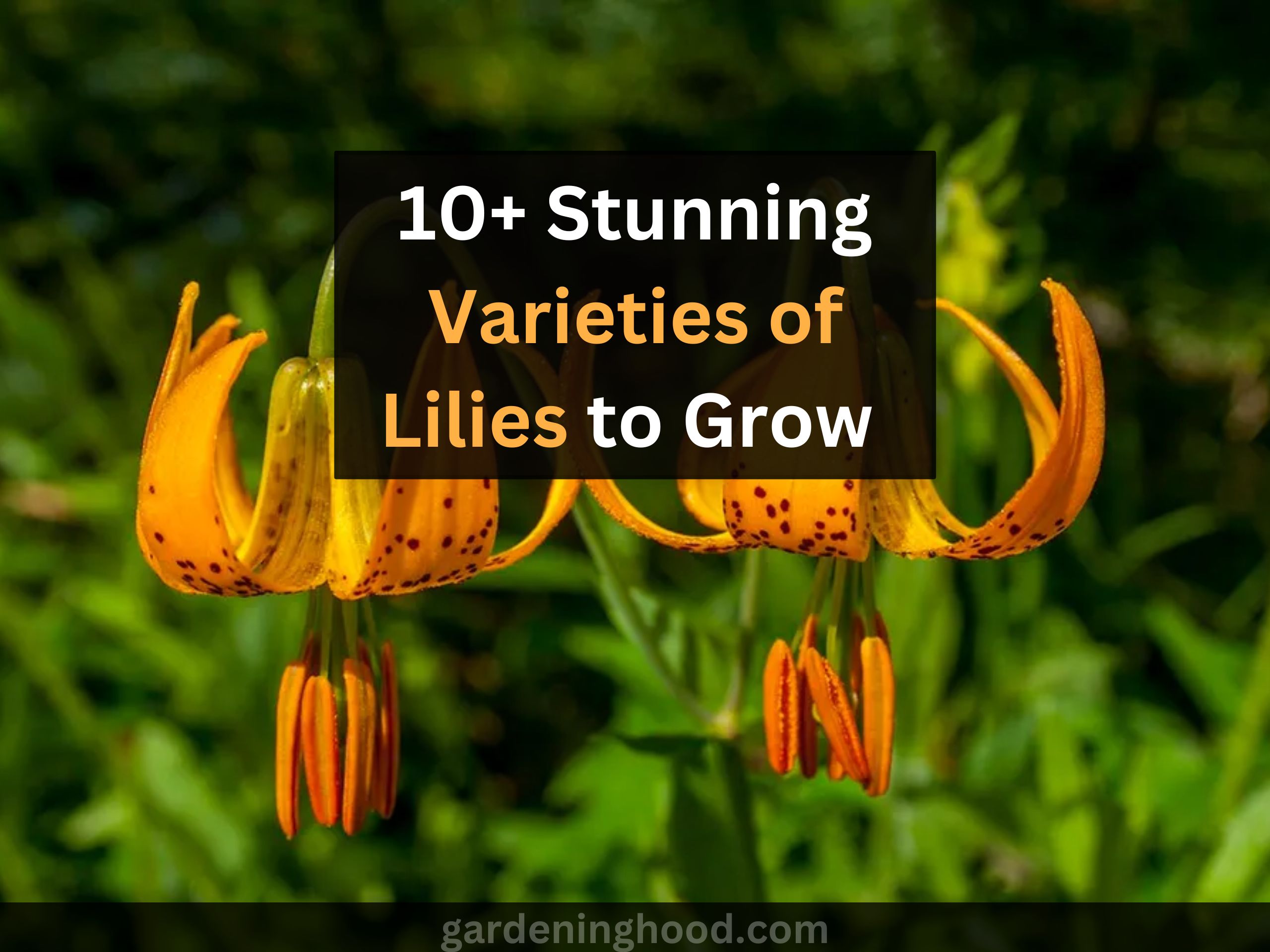How to identify and get rid of Aphids Organically from your Garden?
How to identify and get rid of Aphids Organically from your Garden? Aphids are potentially dangerous plant pests that can restrict plant development. Almost everyone loves nature. If you are one of them you may be suffering from a very common problem which is Aphids.
Quick takeaways:
- Aphids tend to roam around the plant so that they suck its nutrients and satisfy their hunger.
- You can get rid of aphids organically from your garden by making use of waterjet, natural predators, non-companion plants, horticultural oil, garlic spray, and many more explained below.
- People generally create a garden space in their house and want to make a good collection of different flowers and plants.
If you want solutions to get rid of this problem then this article is for you. Let’s initiate this guide so that you come to know more about it.
What are Aphids?
Any member of the order Homoptera’s family of sap-sucking, soft-bodied insects with bodies the size of a pinhead and cornicles on their abdomens, also known as plant louse, greenfly, or ant cow, is known as an aphid.
Aphids are potentially dangerous plant pests that can restrict plant development, induce plant galls, spread viral infections, and distorted leaves, buds, and flowers. The aphid’s life cycle is intricate. Throughout the summer, wingless females, sometimes known as stem moms, procreate without fertilization (i.e., via parthenogenesis).
These stem moms are distinctive in that they give birth to live offspring instead of eggs, as do the majority of other insects. The plant housing the stem mother and her babies eventually grow congested. Some of the babies grow into adults with two pairs of sizable membranous wings when this happens. Adults with wings go via air to new plants. Males and females are both produced in the late summer.
Types of Aphids
Aphids come in more than 4,000 different species, 250 of which are pests of agricultural and ornamental plants. The head and legs of the apple aphid (Aphis pomi) are black. On the apple tree, which is its lone host, it overwinters as a black egg. The cabbage aphid, or Brevicoryne brassicae, is tiny, gray-green, and covered with wax and powder. On the underside of the leaves of radishes, cabbage, cauliflower, and Brussels sprouts, it grows in groups.
On the tops of spruce twigs, the Cooley spruce gall adelgid (Adelges cooley) produces cone-shaped galls that are about 7 cm (3 inches) long. Anuraphis maidi radicis, a dangerous pest that depends on cornfield ants, infests the roots of maize plants. The ants keep aphid eggs in their nests during the winter, then in the spring, they transport the newly developed aphids to weed roots, occasionally moving them to maize roots.
The pineapple-shaped galls that the eastern spruce gall adelgid (Adelges abietis) develops range in size from 0.4 to 2.5 cm (0.4 to 1 inch) and are made up of several cells, each of which contains around 12 aphid nymphs. One of the most devastating pests to wheat, oats, and other minor grains is the greenbug (Toxoptera graminum). The spinach aphid, also known as the green peach aphid (Myzus persicae), is a pale yellow-green insect with three black lines on its back.
There are two hosts in the life cycle. The cotton melon aphid (Aphis gossypii) ranges in color from green to black. While there is an egg stage in chilly regions, live young are produced all year round in warm settings. The pale green and pinkish red color morphs of the pea aphid (Acyrthosiphon Pisum) are both present. It migrates to peas in the spring after spending the winter on clover and alfalfa.
On rose plants, the potato aphid (Macrosiphum euphorbiae) lays its black eggs, which hatch into pink and green young that consume the leaves and buds of the rose plant. The rose aphid (Macrosiphum rosae) is a large, green insect with pink patterns and black appendages. It frequently occurs on its sole host, the domesticated rose.
Fruit gets distorted by the rose apple aphid (Dysaphis plantaginea), which results in “aphis apples.” Due to its feeding activities, the leaves around it curl, offering some protection from chemical mists. Apple trees may get stunted or die from the wooly apple aphid (Eriosoma lanigerum), which dwells on the roots. White cottony masses surround the juvenile aphids.
How to identify aphids in your garden?
Since they are so little (adults are under 1/4 inch), aphids are frequently difficult to see with the human eye. Different species might have appearances that are white, black, brown, gray, yellow, bright green, or even pink! Some people could have a fuzzy or waxy covering.
The nymphs (young aphids) resemble the adults; they have pear-shaped bodies and long antennae. The majority of species have two tiny tubes, referred to as cornicles, extending from their tail end.
When populations are overcrowded, most species may generate wingless adults, allowing the insects to move to other plants, breed, and establish new colonies when the quality of their food is compromised. Aphids often eat in huge groups, although occasionally you may find them alone or in small numbers.
How to get rid of Aphids organically?
There are several natural strategies to control or deter aphid infestations.
- A forceful burst of water from the hose may occasionally drive aphids away from a plant and fix the issue.
- Aphids will be attacked if you buy or draw certain helpful insects, such as ladybugs, lacewings, parasitic wasps, or damsel bugs. Because of this, using fewer chemical pesticides in the garden can, strangely, lessen the severity of aphid infestations. Insect diversity increases the likelihood that aphid assaults will be prevented.
- These predators will come to your garden if you plant mint, fennel, dill, yarrow, and dandelions. Ants are predatory insects’ natural adversaries, thus ant management may be necessary to improve the recipients’ capacity for hunting.
- Plants can also be sprayed with insecticidal soap or a homemade tomato leaf or garlic spray to kill aphids but these solutions must be reapplied when the infestations reappear.
- It is recognized that several fungi-based biological pesticides are effective against aphids.
When things go awry, typically when plants are stressed by dryness, lousy soil, or overpopulation, aphids become more of a nuisance. Aphids are seriously a big issue and one must take care of their plants and flowers. This article has already solved your issue, just follow the steps and you can remove aphids easily even by organic methods.
Concluding lines
In this guide, you know that Aphids come in more than 4,000 different species, 250 of which are pests of agricultural and ornamental plants. The head and legs of the apple aphid (Aphis pomi) are black. On the apple tree, which is its lone host, it overwinters as a black egg. You can read the whole article to get aware of the ways that can keep the aphids away from your garden.
FAQs
1. Are aphids sucking the life out of your plants?
Yes, aphids tend to suck the life out of plants. They have the tendency to suck the fluid from the plants so that they earn their livelihood.
2. How do you get rid of aphids on roses?
You can get rid of the aphids on roses by any means. It can with the help of a hose, water pressure with a sprayer, and even many more.


